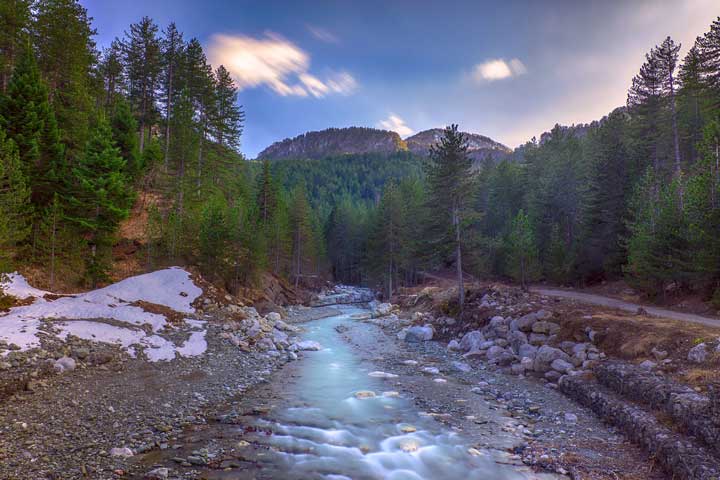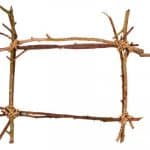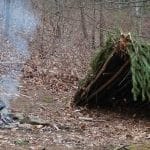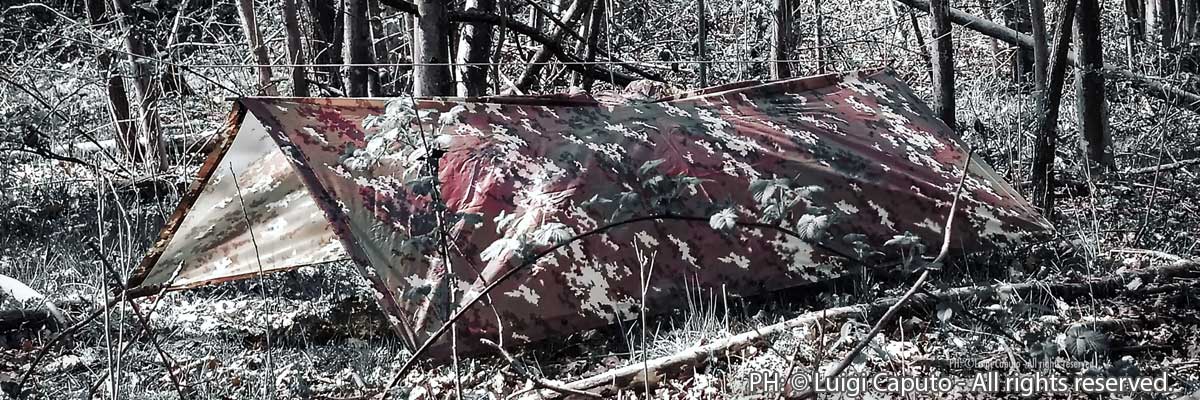A bushcraft shelter will protect you from rain, snow, cold, or hot. That is why you should do as much as possible to make it permanent and enjoyable. But how to make a bushcraft shelter?
You have come to a perfect place to learn this. Exactly this question I will be answering today. Countless hours out in nature have taught me many tips and tricks on how to make my life in it easier.
All these years made me more than competent to explain the art of building a permanent bushcraft camp in great detail. After reading this guide you will learn many tips that will make the building process easier
Today, we are going to learn how to make a permanent shelter, where to place it, what materials to use, etc. So let’s get straight to it.
Choosing the Right Permanent Bushcraft Shelter
To be fair, if you want a good bushcraft shelter you need to do some hard work. Everyone has their preferences when it comes to choosing a permanent bushcraft shelter, so I will give you 5 options to choose from.
Lean-to Shelter
I will start with the easiest bushcraft permanent shelter to make but keep in mind that this shelter with a bit of creativity can become great. Firstly, we need a good foundation, 2 sturdy tree stems that are about 10 feet apart will do the job. Now you need to connect these 2 tree stems with a stronger branch.
After that, a tarp, which will protect you from the elements, should be fixed to the branch. And lastly, place smaller branches with leaves so you can insulate and trap some heat inside the permanent bushcraft shelter.
Wickiup Shelter
Wickiup shelter is a bit more time-consuming but it provides better protection from harsh elements. To start building this shelter gather all the necessary branches. You will need branches that are roughly the same size. You need to make a pyramid-like construction with 3 branches.
After using other branches, leaves, and debris you need to seal all the gaps in your construction. This kind of shelter is excellent because it is simple to construct and you can modify the dimensions to fit the situation.
Yurt
A yurt is a tent-like structure that has been used for over 1000 years. The only downside with yurts is that they can be really expensive when bought pre-made. Other than that, they are great. They provide excellent protection from the elements while being easy to set up.
Yurts are homes for nomadic tribes, so they will most likely be a perfect fit for anyone that wants to feel at home. A yurt can be moved from one place to another, so they are great for people that are on a move and want to be flexible.
Choosing a Location For Your Permanent Bushcraft Shelter
The location of your shelter is more important than the shelter itself. Therefore, you should really do your best to find the best possible location for the building. A good place will make your life easier out in the woods, it is close to all the resources you need and it will naturally protect you from the elements.

Water
You can’t imagine life without water, you need it to survive and for every aspect of your life. Proximity to a good water source will make your life so much simpler. You shouldn’t rely on water that you bring from your home.
So be sure that you will visit the water source at least once a day. If your water source is a river you will most likely use it to fish, so prepare for that too.
Accessibility
It’s important to choose an accessible location for your safety and comfort. Getting easily in and out of your shelter is convenient for a number of reasons. In case of an emergency, you want to be able to leave quickly without having to go through the forest or such things.
Also, the accessible location provides you with more time to spend outdoors without thinking about where your permanent shelter camp is.
Exposure
There have always been people that want to destroy things that make others happy. Therefore, you should choose a place that is hardly known by anyone. This should be your little secret oasis.
Also, keeping your shelter low profile inside of the woods will protect you from wind, sun, and other elements. Being in a place that isn’t visited by strangers will keep your mind peaceful so choose the location carefully.
Other Resources
Your permanent bushcraft house should be self-sufficient. Having water is one factor but you need to keep yourself warm and fed. This will come naturally but make sure you find a location that has enough dead wood that you can use to make fires for all of your needs.
You will also want to expand your permanent shelter camp therefore you will need a lot of different resources to build this stuff. All of this should be planned ahead.
Permanent Bushcraft Shelters FAQs
These are a few questions you might need to be answered:
How do you make a permanent shelter in the wilderness?
You make a permanent bushcraft shelter in the wild by preparing and learning about it before going out, gathering all the building materials, and choosing the right location when on site.
You need to have a clear idea of what type of shelter you want to build. After that, you need to gather all the resources and start building
What is the easiest long-term shelter?
The easiest long-term shelter is a Yurt because it is simple to set up and can be easily moved from one location to another, while it might be more expensive and time-consuming to make. This is why other shelters aren’t so popular.
What is the warmest survival shelter?
The warmest survival shelter is a snow cave. The insulating properties of snow are outstanding so without a lot of heat temperatures will stay above freezing. For most people, this might sound confusing, but snow is a great insulator.
What are the 3 basic types of survival shelters?
There are 3 basic types of shelters.
- Debris shelters are made from natural materials like branches and leaves.
- Tarp shelters are made from man-made materials that are waterproof.
- Natural shelters such as caves and big trees.
What kind of place would not be suitable for building a survival shelter?
Places that are prone to natural dangers such as floods, and fires aren’t suitable for building a survival shelter. Any place that isn’t safe for you, your gear, and your food is not a good choice.
Conclusion
Now you learned the basics of making a permanent bushcraft shelter and it is up to you to use this knowledge. You can customize any of these shelters to your liking so you end up with something you truly want and enjoy staying in.
With the tips I gave you, you will be able to make and expand your permanent bushcraft camp. I wish you the best of luck with your new home in nature, so don’t forget to prepare for your next outing.




